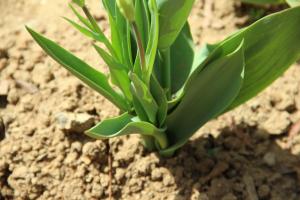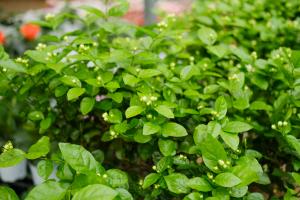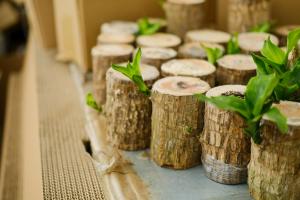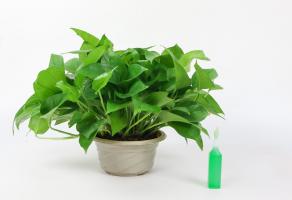Introduction
Planting tomatoes is a fun and rewarding experience, but it requires a bit of planning and preparation. One of the important steps in preparing your garden bed is determining how much bone meal to use. Bone meal is a natural source of phosphorus, which is essential for seedling growth and root development. In this article, we will explore how much bone meal you should use when planting tomatoes.
Understanding Bone Meal
Bone meal is a fertilizer made from ground-up animal bones. It is high in phosphorus, which is a macronutrient that plays an important role in plant growth. Phosphorus helps plants develop strong roots, efficient photosynthesis, and healthy buds and blooms. When it comes to planting tomatoes, phosphorus is especially important for seedling growth and root development. Tomatoes have a high demand for phosphorus, which means that bone meal can be an excellent soil amendment to ensure your plants get the nutrients they need.
Determining the Right Amount of Bone Meal
Determining the right amount of bone meal to use when planting tomatoes depends on a few factors. The first factor is how much bone meal is already in your soil. If you have already amended your soil with bone meal, you may not need to add any more. The second factor is the size of your garden bed. Larger garden beds will require more bone meal than smaller ones. Finally, the age and quality of your bone meal will also affect how much you need to use.
Calculating the Amount of Bone Meal
A good rule of thumb is to use 1-2 cups of bone meal per 10 square feet of soil. This is a general recommendation, and may need to be adjusted depending on the factors listed above. If you have never amended your soil with bone meal before, it is best to start with a lower amount and gradually increase it over time. You can also test your soil to see how much phosphorus it already contains. This can help you determine if you need to use more or less bone meal.
How to Apply Bone Meal
When applying bone meal, it is important to mix it into the soil thoroughly. You can hand mix it with a shovel or till it into the soil using a rototiller. If you are using bone meal as a top dressing, sprinkle it evenly over the garden bed and rake it into the soil. Be sure to avoid getting it too close to the stems or leaves of your tomato plants, as this can cause burning.
Conclusion
Bone meal can be a wonderful addition to your tomato planting routine, helping your seedlings grow strong and healthy. By understanding how much bone meal to use and how to apply it properly, you can ensure your tomato plants have the nutrients they need to thrive. Use the guidelines in this article as a starting point and adjust as necessary based on the needs of your garden bed.

 how many times do yo...
how many times do yo... how many planted tre...
how many planted tre... how many pine trees ...
how many pine trees ... how many pecan trees...
how many pecan trees... how many plants comp...
how many plants comp... how many plants can ...
how many plants can ... how many plants and ...
how many plants and ... how many pepper plan...
how many pepper plan...
































